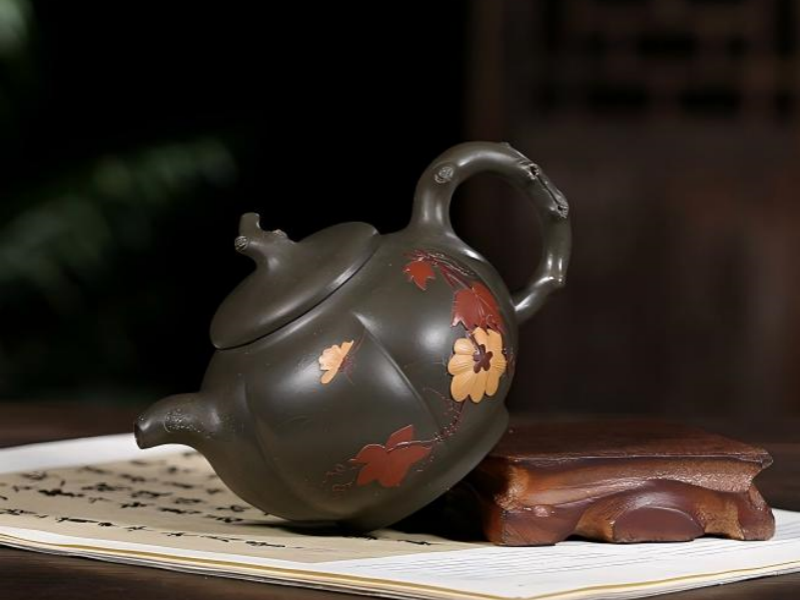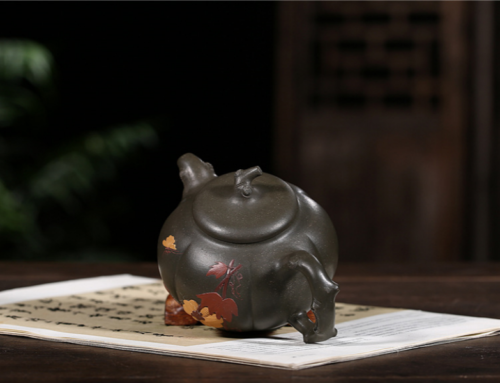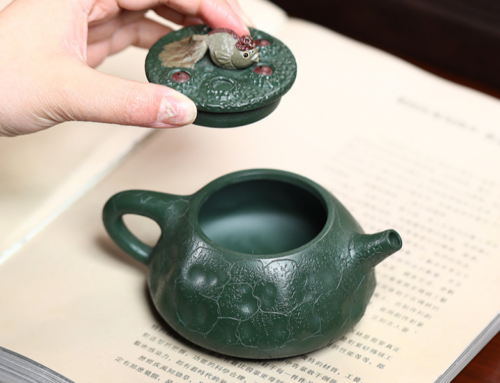Yi Xing teapot vs other teapot
Introduction
Brewing tea is not an easy thing. Any tea lover would be agree with me. So how to brew a cup of tea perfectly? Some said that choice for tea leaves is making tea taste different, and some said different teapots brings different experiences on you cup of tea. For hundreds of years, people argue about these questions. But one teapot is always on the list- Yi Shing Teapot. So what’s this teapot looks like? And why people called it the perfect teapot for tea? Let’s have a look. The unique clay and the glory history give Yi Shing teapots an enviable reputation. So how does Yi Shing teapots compare with the other popular teapots such as porcelain teapot, glass teapot, cast-iron teapot and stainless steel teapots? In this ultimate guide, we’ll dive deep into the world of teapots, focusing on the Yi Shing Teapot vs. Other Teapots. Whether you’re a seasoned tea connoisseur or just starting your journey, understanding the differences between these teapots will help you brew better tea and appreciate the artistry behind each vessel. We’ll explore everything that makes Yixing teapots special, compare Yixing teapots with other popular teapots, and answer some of the most common questions about Yixing. On top of that, you’ll get practical information, expert tips and a handy chart to help you make a decision about which teapot is best for you.
What Are Yixing Teapots?
The Yixing teapot originates from the city of Yixing in Jiangsu province, China. It’s been produced since the 15th century (Ming Dynasty), and has become famous for its masterful combination of artistic elegance, cultural tradition and practical use. The elegant, graceful shape of a Yixing teapot is not the only element that makes it one of a kind. The other is clay.
The Magic of Zisha Clay
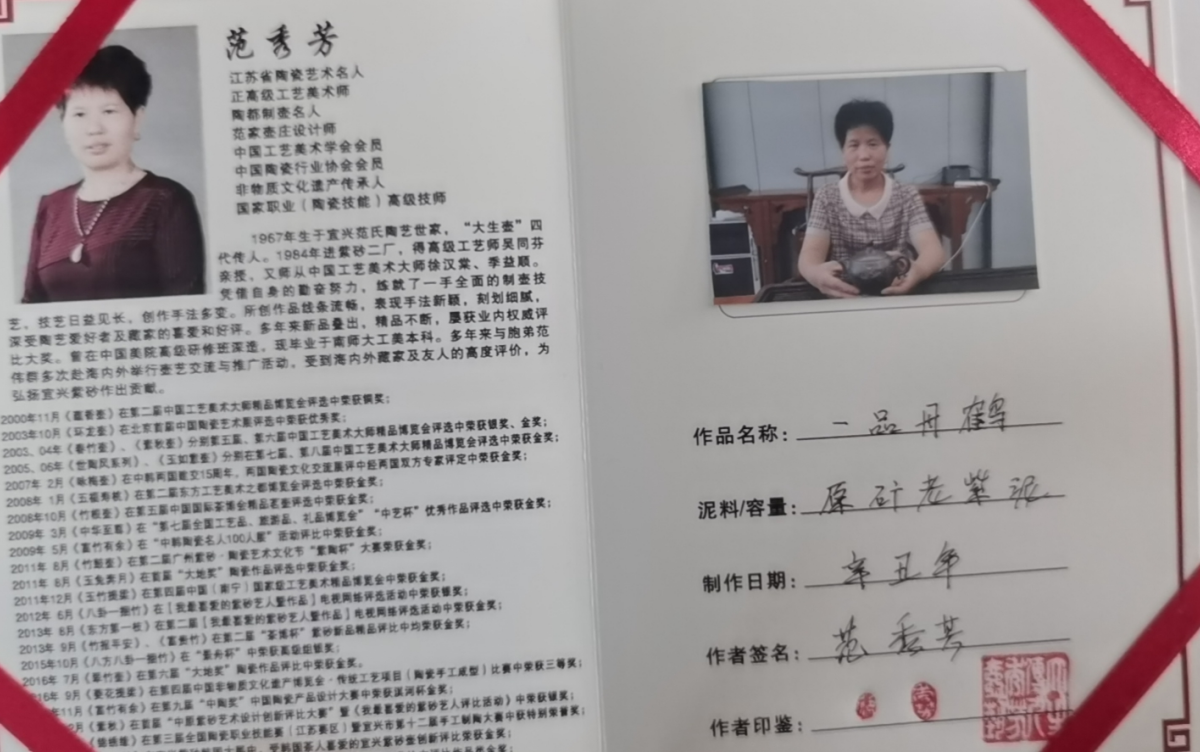
At the core of every Yixing teapot is Zisha clay (紫砂) – a mineral-rich clay unique to the Yixing region. This Zisha clay is renowned for its porous and absorbent nature, which allows the teapot to retain the flavour and fragrance of the tea being brewed inside it. Over time, a Yixing teapot will develop a memory of the tea it has brewed – meaning that the best Yixing teapots create ever more flavourful tea! Zisha clay’s porous qualities are valuable enough that many tea masters will dedicate a single Yixing teapot to one kind of tea (ex: oolong, pu-erh, black tea), so as to avoid overt mixing between the flavours of different teas.
Hand Made Tradition
Every Yi Shing teapot is a work of art, most often hand-made and sometimes carefully shaped and decorated. The expert master potter uses centuries-old knowledge handed down from master to apprentice. Some teapots are signed by the artist. The shapes and designs of Yi Shing teapots differ greatly, from simple and plain to ornate and carved. Collectors look for teapots made by signature artists and rare Yi Shing teapots have been auctioned for thousands of dollars, “A Yi Shing teapot is not just a container. It is a living, breathing friend to accompany you on your journey with tea.” Tea master. [/fusion_title]
What makes the Yi Hsing teapot so desirable to the tea connoisseur?
The Common Types of Teapots Compared
The world of teapots is incredibly vast, and easy to get lost in. Teapots come in many forms, each with their own strengths and quirks. To better understand the Yi Shing teapot vs. other teapots, here is a guide to the most common types you'll come across, and what makes them special:
Porcelain teapots
Porcelain teapots Porcelain is the most familiar teapot material worldwide, being a staple in many homes and tea traditions in China and Europe. Teapots made from this material have a smooth non-porous surface and a delicate appearance. Porcelain does not absorb flavours, so you don't need to worry about flavours transferring between uses, making them ideal for green, white, and floral teas where clarity of flavours is important.
Fun Fact: Such was the popularity of porcelain teapots in 18th century Europe, that they would sometimes be worth more than their weight in silver.
Glass teapots
Cast Iron Teapot
Cast iron teapots and teakettles come to us from Japan. Cast iron teapots and teakettles come to us from Japan. Called tetsubin, these vessels are virtually indestructible. Heavy and solid, they have great heat retention properties which makes them well suited to black and dark oolong teas. They are usually enamel lined these days to prevent rusting, some unlined traditional tetsubin are still available and they are still used to boil water.
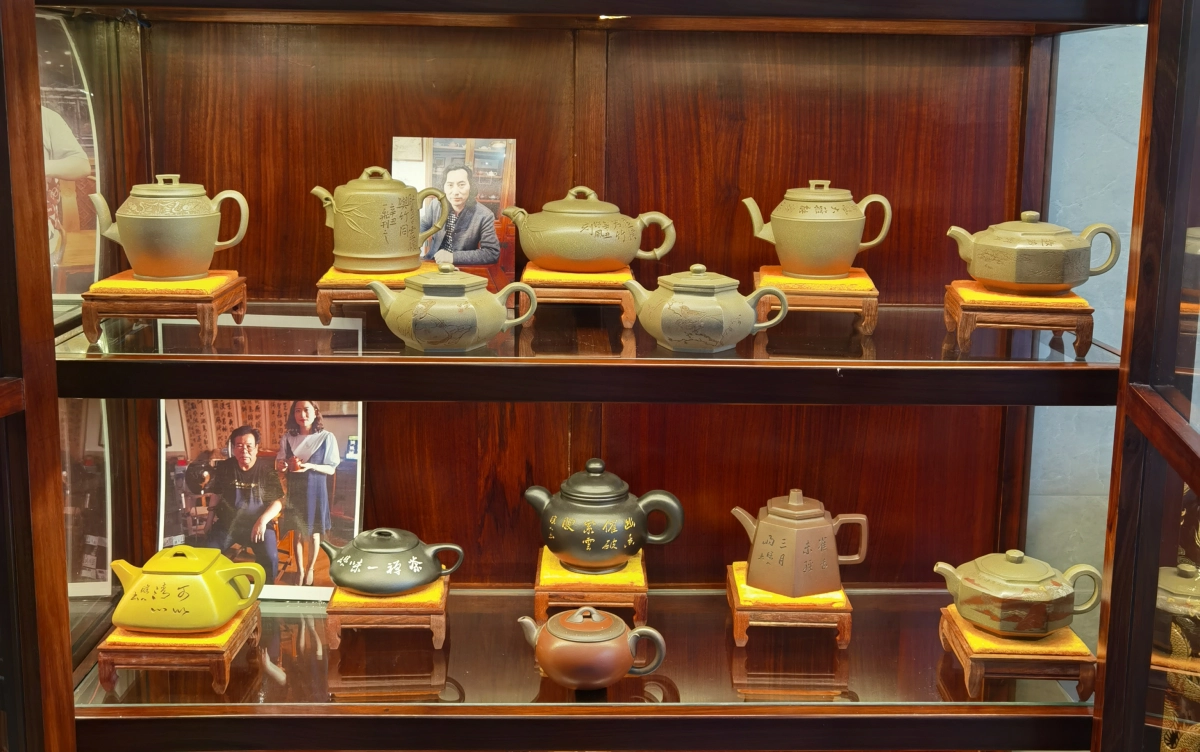
Ceramic teapots (Non-Yi Shing)
Ceramic teapots come in an amazing variety of shapes, sizes and glazes. (Above are two of our favorites) Unlike a Yi Shing teapot, ceramic pots in the main are glazed inside and out, making them essentially non-porous and suitable for all types of tea. They will not, however, acquire the character, or patina, of a Yi Shing pot.
Stainless Steel Teapots
Stainless steel teapots are workhorses of the contemporary kitchen. They're all but impossible to break, easy to clean, and frequently feature built-in infusers. While they don't contribute to the taste of your tea, they are practical for everyday life and travel.
Every type of teapot has something distinctive to contribute to your tea experience, some, such as the Yi Shing have a wealth of traditional culture and craftsmanship. Others, such as the stainless steel have convenience. Should you buy a cast iron teapot or try the high-end Yi Shing? Which is best depends on your taste, brewing styles and which types of teas you enjoy brewing most.
Yixing Teapot vs. Other Teapots: Core Differences
When comparing the Yixing teapot vs. other teapots, the differences are more than just aesthetic. Different teapot materials and designs affect the brewing process, the taste of your tea, and even the tea experience. Here are the main differences.
Influence of Material and Flavor
Yixing teapots are made of unglazed Zisha clay,a porous, mineral rich material. This rare clay absorbs some of the tea liquor, and with continued use, a Yixing teapot will intensify and enhance the flavor of tea. The Yixing teapot will eventually be able to produce an excellent cup of tea with outstanding a well-used Yixing teapot flavor, depth, and complexity. Many tea drinkers will reserve one yixing teapot for one type (and sometime even one specific varietal) of tea so that all of collected flavors benefit the fleeting flavors of the tea steeped. Yi Shing teapots are porous. They absorb the oils from tea which gradually builds up to enhance and develop the flavour of the tea brewed in the pot. This is great if you only drink one type of tea and like the taste of it, but not so good if you like to experiment with different types of teas. Porcelain, glass and stainless steel teapots are not porous. They
Using a Yi Shing teapot to brew tea is a ritual. The clay's heat retention gives one added control of the water temperature which is important when brewing oolongs and pu-erhs whose leaves tend to be more delicate. Additionally, the characteristic small size of most teapots (100–250 ml) lends itself to quick multiple steeps (called infusions) of the same leaves in the traditional Chinese style called gongfu. Quality loose leaf teas—like oolongs and pu-erh—have immense ranges of flavor and aroma profiles that are best exhibited while brewing gongfu style. Glass/Porcelain: Porcelain and glass teapots are the easiest kind of teapot to steep with. They are ideal for taking the guesswork out of steeping, and great if you want to easily be able to enjoy and reinfuse your tea. Porcelain and glass teapots are great for their convenience. They are sturdy, easy to take care of and very user friendly - you don't have to do any guesswork with these pots and you can easily watch the color of your brew as you steep. Cast Iron: Cast iron teapots will hold heat for hours at a time, and are perfect for careful large volume brewing. With a little more care and time you can use these pots to achieve very fine control over the temperature and steeping conditions of your tea - much like a good clay teapot. These teapots should be well cared for - they're very physically hardy, but must be kept dry to prevent rust. Stainless Steel: These pots are sturdy and extremely low maintenance, but lack a lot of the aesthetic qualities and ceremony of a beautiful clay pot or carefree glass teapot.
Aesthetic and Cultural Value

A Yi Shing teapot is not just a tool for brewing tea; it is a piece of art. Each one is handmade, often signed by its maker, and may have detailed carvings or unusual shapes. Collectors prize them for their beauty, their history, and the craftsmanship that goes into making each one. Certain rare Yi Shing teapots are considered museum pieces and have sold for very high prices at auction. Porcelain teapots also have a rich artistic tradition, especially in China and Europe, with hand-painted designs and elegant forms. Glass teapots offer a modern, minimalist look, while cast iron teapots are often decorated with traditional Japanese motifs. Stainless steel teapots are typically utilitarian, focusing on function over form. "Owning a Yi Shing teapot is like holding a piece of living history in your hands." Yi Shing Teapots can be priced anywhere from affordable, mass-produced teapots to works of art. Genuine, handmade Yi Shing teapots can be a valuable commodity, especially if created by an artist of high repute. Porcelain, glass, and stainless steel teapots are often more affordable and more readily available. Cast iron teapots of this kind can also be expensive, especially if imported or if handcrafted. The availability of teapots depends on their price and their uniqueness. Ultimately, the choice of Yi Shing teapot vs. other teapots depends on your preference and needs, and what you value most in your tea experience: flavor development, tradition, and artistry, or versatility, convenience, and ease of maintenance. Each type of teapot has its own strengths, and the best choice is the one that suits your taste and tea journey.
Pros and Cons : Yi Shing Teapot vs Other Teapots
Choosing the right teapot can be a difficult and confusing one. At the end of the day, it comes down to tallying up the pros and cons of each type of the most popular teapots on the market. In this list, we compared some key features, advantages and disadvantages of each of them including the Yi Shang teapot.
| Feature | Yi Shing | Porcelain | Glass | Cast Iron | Stainless Steel |
|---|---|---|---|---|---|
| Heat Retention | High | Medium | Low | Very High | High |
| Flavor Enhancement | Yes | Neutral | Neutral | Neutral | Neutral |
| Maintenance | Moderate | Easy | Easy | Moderate | Easy |
| Aesthetic Value | High | High | High | Medium | Low |
| Price Range | Med-High | Low-High | Low | Medium | Low-Medium |
| Durability | High | Medium | Low | Very High | Very High |
| Best For | Oolong, Pu-erh, Black | Green, White, Floral | Herbal, Blooming | Black, Oolong | Everyday, Travel |
Data Source: American Ceramic Society – Material Properties Comparison & Thermal Retention Behavior
URL: https://ceramics.org
Data Source: Tea and Tea Brewing, R. H. Tea Association of the USA (2022) – Guidelines on Brewing Vessels
URL: https://www.teausa.com/teapots-and-brewing
Key Takeaways
A tea drinker whose favorites are oolong and pu-erh would buy a Yi Shing teapot in order to get the complexities in those teas. A tea drinker who just loves tea and with values variety and the ease of washing would get porcelain or stainless. A tea drinker who loves to see the leaves bloom would get glass.
Who should buy what?
How to Choose the Right Teapot for You
Choosing the right teapot isn't only about appearances—it should work with your brewing style, your preferred type of tea and your lifestyle. The Yi Shing teapot vs. other teapots dilemma is simply a matter of a few considerations. Here's how to choose something you'll be happy with for years to come.
Factors to Consider
Type of Tea You Drink Most If you are an avid drinker of oolong, pu erh and/or black teas, a Yi Shing teapot will bring the most joy to your tea experience. The clay will magnify and retain the aromas and flavour profiles of your most brewed teas, and each subsequent brew will become richer over time. If you like to drink green, white or floral teas, porcelain or glass teapots are better suited for brewing such teas. Their smooth and non porous surface allow the fresh flavours of the tea leaves to shine through. If you enjoy drinking a wide variety of teas, then its best to choose a non porous teapot (porcelain, glass or stainless steel) that will work well with a range of teas. Budget and Investment The most authentic Yi Shing teapots are made from zisha clay and are handmade by skilled artisans, so they can be on the pricer side. Some Yixing teapots made by famed artists can even be a valuable investment as they appreciate in value over time and can become heirlooms. Porcelain, glass and stainless steel teapots are generally more affordable and are easily found online and in stores. Cast iron teapots generally fall somewhere in the middle. Prices range widely based on whether they are handmade or mass produced and its origin. Upkeep Options Yixing teapots require special handling (rinsing with very hot water; no soap; one pot dedicated for one main tea type); porcelain, glass and stainless steel are easy to clean and can be used for any tea; cast iron should be thoroughly dried to prevent rust, especially if it is unlined. If tradition and artistry and cultural resonance are particularly important to you, a Yi Shing teapot is just the thing – each pot is one-of-a-kind, often signed by its maker, and can add a lot to your tea ceremony. (Note that glass teapots and stainless steel teapots are well-suited to a modern, minimalist aesthetic; porcelain teapots are elegant and timeless; and cast iron teapots have an air of Japanese tradition.)
When is it good to choose a Yi Shing teapot?
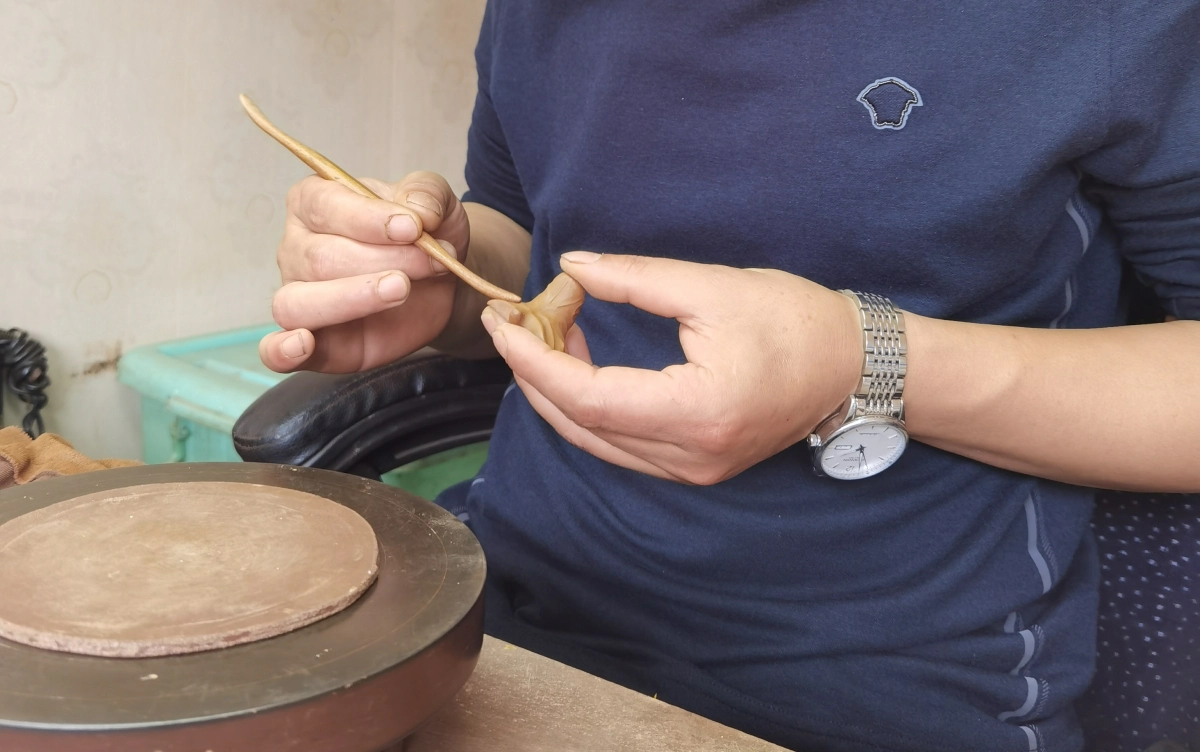
Example: if a tea lover makes only aged pu-erh in a Yi Shing teapot over the years, s/he will find that both the tea pot and the tea have transformed wonderfully: The pot will gain a shine with a smooth glossy exterior, and the brew will obtain a mellower, more complex taste. It is the reward of patience and diligence.
When Another Teapot Might Be a Better Fit
Not sure Japanese-style ceramic is your thing? Consider porcelain, glass, cast iron, or stainless steel if any of the following better applies to you: You like to drink a variety of different teas. You want a teapot that's easy to clean and maintain. You're looking for something inexpensive or travel friendly. You prefer a certain aesthetic, such as the clear glass or heavy stainless steel.
Checklist: How to Find the Best Teapot for You
Pro Tip: Get an entry-level Yi Shing tea put and dedicate it to one of your favorite teas. See for yourself how such a teapot changes your tea.
Yi Shing Teapot Frequently Asked Questions
Even tea aficionados have questions about using the Yi Shing teapot vs. other teapots. Here are the answers to the most common questions so you can brew your tea with confidence and enjoy your teapot to the fullest.
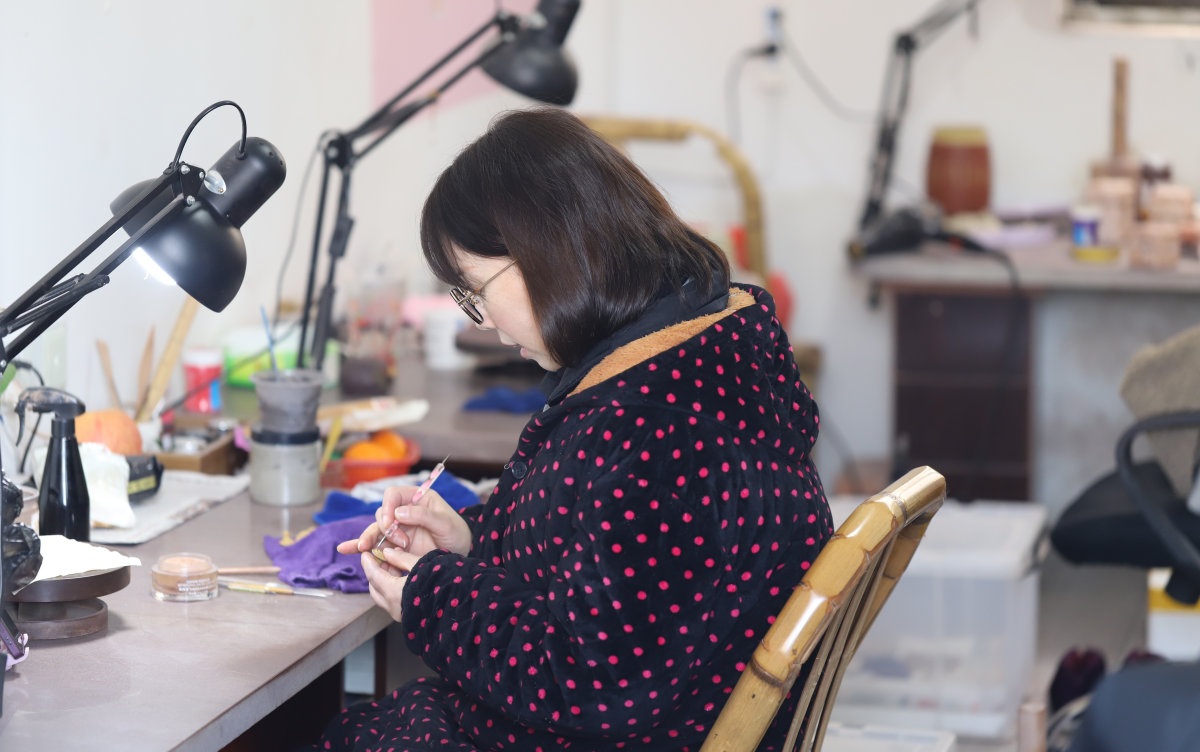
Conclusion: Other Teapots vs Yi Shing Teapot Alternative – Which is better for you?
In the everlasting clash Yi Shing teapot vs other teapots there is no winners, only what is best for us and our tea ceremony. Each of the teapots have a abundant diversity of qualities and it is up to our choices which one we're going to like. Yi Shing teapots are unique in that given time, they will change the flavor of the tea brewed in them, for the better. For a serious tea drinker who brews the same type of tea on a consistent basis, the porous Zisha clay alone, shaped by the hands of an expert potter through hundreds of years of tradition, make each pot irreplaceable. If you are devoted to a specific type of tea, and enjoy the slow rewards and accumulated experiences of seasoning your teapot, then there can be no substitute. Your
```




